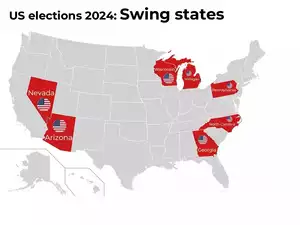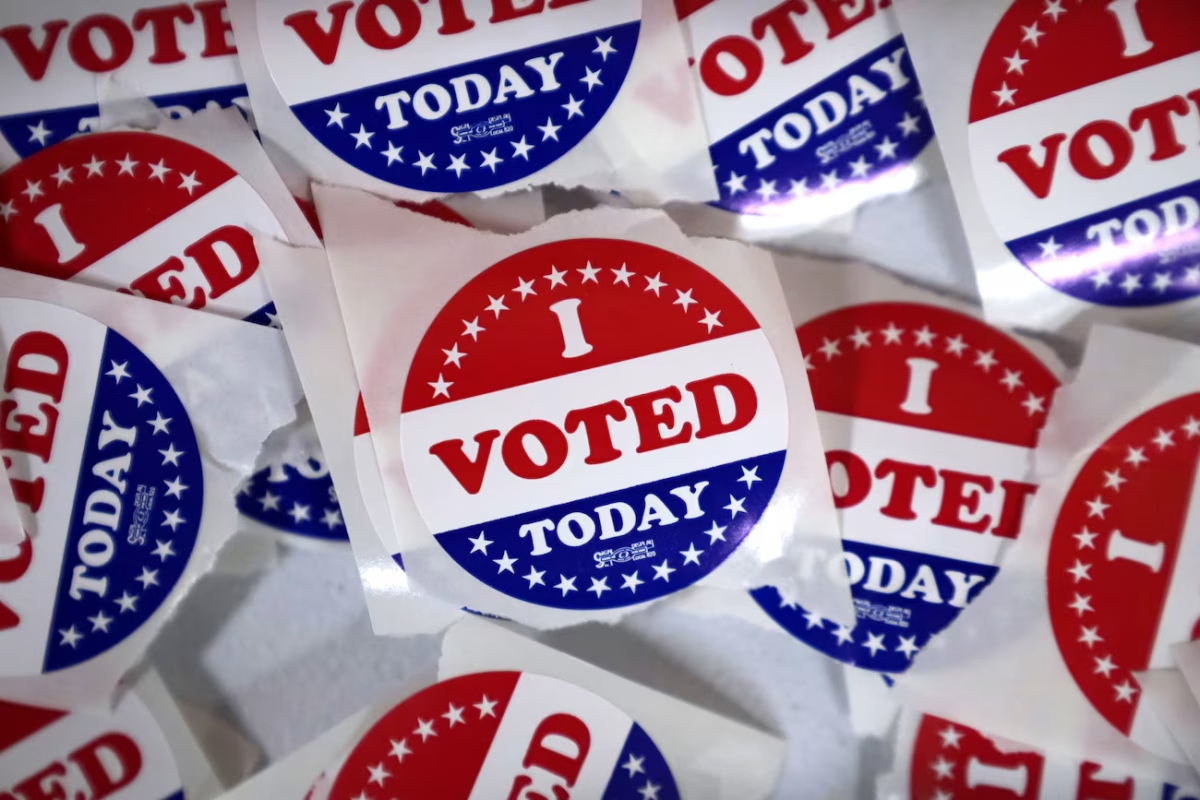In 2020, approximately 387,000 votes ultimately decided the presidential election. Four years later, the results of the election, again, will be determined by swing states. The swing states this election cycle are Pennsylvania, Wisconsin, Michigan, North Carolina, Georgia, Arizona, and Nevada.
Pennsylvania, considered the most decisive state this year, contributes 19 electoral votes.

A state’s electoral votes are decided by its congressional representatives, two of which are senatorial, the rest of which are determined by population. The votes of those representatives decide the presidential candidate.
There are 538 electoral votes in total, and the candidate who secures 270 votes wins the election.
In 2016, Trump was the first Republican president to win Pennsylvania since 1988, and though Biden won in 2020, the state was a tipping point for that election.
According to AdImpact, the largest sum of advertising money has been spent on Pennsylvania, which was over $1 billion.
Wisconsin has 10 electoral votes. The 2016 and 2020 elections were decided by 0.8 and 0.6 points, respectively. Thanks to gains in rural areas, Trump swung Wisconsin state in his favor in 2016, but in 2020 Biden won over midsize cities enough to win the state.
Interestingly, Michigan was reliably blue until 2016, when Trump won by 0.2 points. However, the state swung back to blue in 2020.
North Carolina, which has 16 votes, has been consistently Republican. Just one point decided it’s stance in 2020. Like other states, the urban cities of Raleigh and Charlotte are largely blue, but the rural areas of the state are in favor of the Grand Old Party (GOP).
With 16 electoral votes, Georgia has been largely Republican. It became blue in the 2020 election. This change may have been caused by demographic changes in Georgia’s fast-growing population.
Similarly, Arizona flipped blue in 2020. Arizona contributes 11 votes. Previously, the state supported the GOP since 1948. While the rural Yuma county has proved to be a strong Republican base, especially because of support from Hispanic voters, Pima and Maricopa county shifted to blue since 2016.
The seventh swing state of this election cycle is Nevada, which has six votes. Nevadans have supported Democrats since 2008, but the support has been dropping in Las Vegas and rural areas.
Across the seven swing states, rural voters and urban voters have shown to support opposing candidates.
According to the authors of “The Rural Voter: The Politics of Place and the Disuniting of America,” Nicholas F. Jacobs and Daniel M. Shea, this divide may stem from the identity differences between rural and urban voters.
Shea suggested that voters are not thinking about policies all the time.
Rather, they ask: “Does that person standing in front of me really understand me?”
Additionally, associate professor and co-author of the study, “The Urban–Rural Gulf in American Political Behavior,” Andrew J. Reeves, gave two reasons for the disconnect between voters.
He told the Washington University Newsroom that in rural areas, “Interpersonal relationships are highly influential and can create a social pressure to conform.”
“There is a common perception that cities receive more than their fair share of resources and look down on rural communities,” Reeves said.
Reeves believes that the diversity of cities makes urbanites less likely to stick to traditional ideas.








